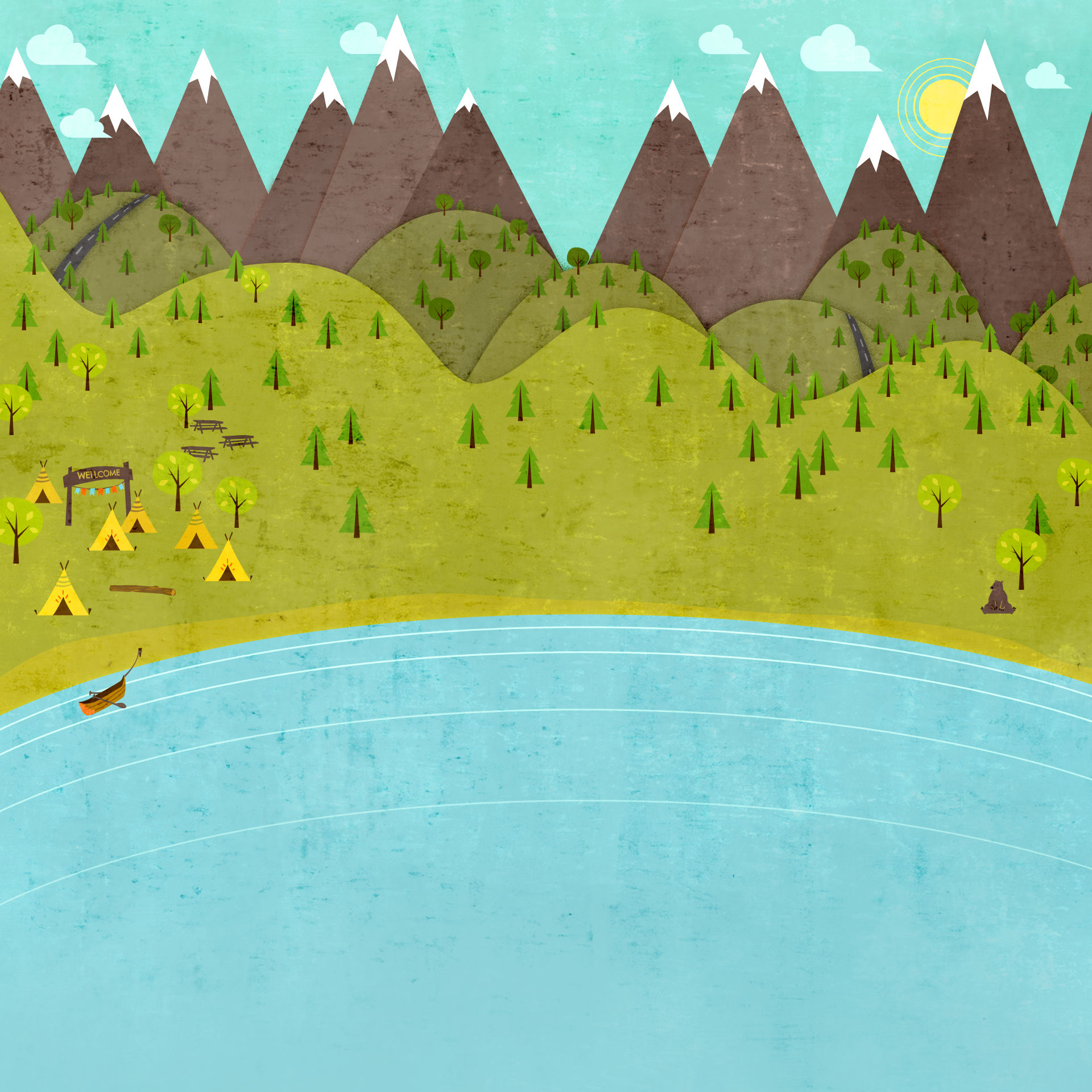

Into the Tushars
Beaver, UT
Since 1856

Trail 364 (Fremont Indian State Park)
April 13, 2016
Well hello again! This is Jesse McMullin picking up where we left off last October, with my journey in and around the Tushar Mountains. I write this article to share my hiking adventures in hopes that some of you will come out and see how cool these mountains above Beaver really are. For my younger readers I hope to instill an itch for the outdoors and present the principle that if you find a physical activity that you love and you’ll get the exercise we all need, without thinking that it’s exercise. If you are one whose physical prime has come and gone, I hope to inspire some reflection on the neat places you used to visit back in your heyday, but be forewarned, I do expect some of you old timers to get out there on some of the easy or flat, low elevation hikes which I will write about. For example, this week’s hike is over at Fremont Indian State Park, where there is a ton of easy hikes, one is fully paved and wheelchair accessible. Several others have roadside attraction’s with parking spots, allowing you to hike in short sections of however far from the car you feel like wandering. The fees are cheap at the Museum and are required to park and hike within the park. Three dollars per person, or six dollars for a carload of up to 8 people! Just ten minutes in the museum checking out the movie or the artifacts is worth the money, then the hikes and visiting with the friendly staff is like a bonus! I will focus on a 3.4 mile loop hike which takes you past plenty of “rock-art” behind the museum and then you can burn some calories too, as you climb north, high-tail-it west, zig-zag south, and climb down to the asphalt for a cool-down back to the museum. Absolutely perfect for 5K training! The way to Fremont Indian State Park is well marked along I-15 and I-70 and is only 35 minutes from Beaver. Exit 17 off I-70 is the fastest way there, but exit 7 is slower and more scenic, traveling nine miles down the Clear Creek Canyon Road. I like both ways! Because the valley floor where the Native Americans lived is under 6000’, it is very pleasant hiking spring and fall, winter is even quite tolerable and the State Park is open year-round. Summer is nice too, but mid-day is hot unless you find a shady canyon. To start my recommended route, pick any of the three trails that leave from the museum path or parking lot. As long as it is climbing slightly northeast, I found that they all converge just above the Meditation Garden, which is a spiral of rocks on the ground with logs to sit on and rest. At this point a U.S. Forest Service trail takes over, trail #364. This trail is an old forest road, but motor traffic on it is now forbidden and at this point you can’t even hear the interstate traffic. Enjoy the peaceful silence as trail 364 curves gently west with a vast sagebrush expanse to your left, and on your right there is a white sandstone gully, dotted with pinion and juniper trees. The highest spot on trail 364 is only 400 vertical feet above the museum, but affords great views of Monroe Mountain to the east, Sargent Mountain directly south, and the rest of the Tushars are laid out to the southwest. After leaving the open sagebrush area, trail 364 enters a Pinion\Juniper forest and heads generally south, criss-crossing a few gullies. At the brink of the sagebrush bench, trail 364 rejoins the State Park’s trail system at the Alma Christensen Interpretive Trail, which has a small loop, and either direction will get you to the switchback descent to the parking area 0.4 miles west of the museum. Using the frontage road here, head back to your car at the museum and reflect on those Fremont people who painted on the rocks about their adventures “Into the Tushar’s”.

